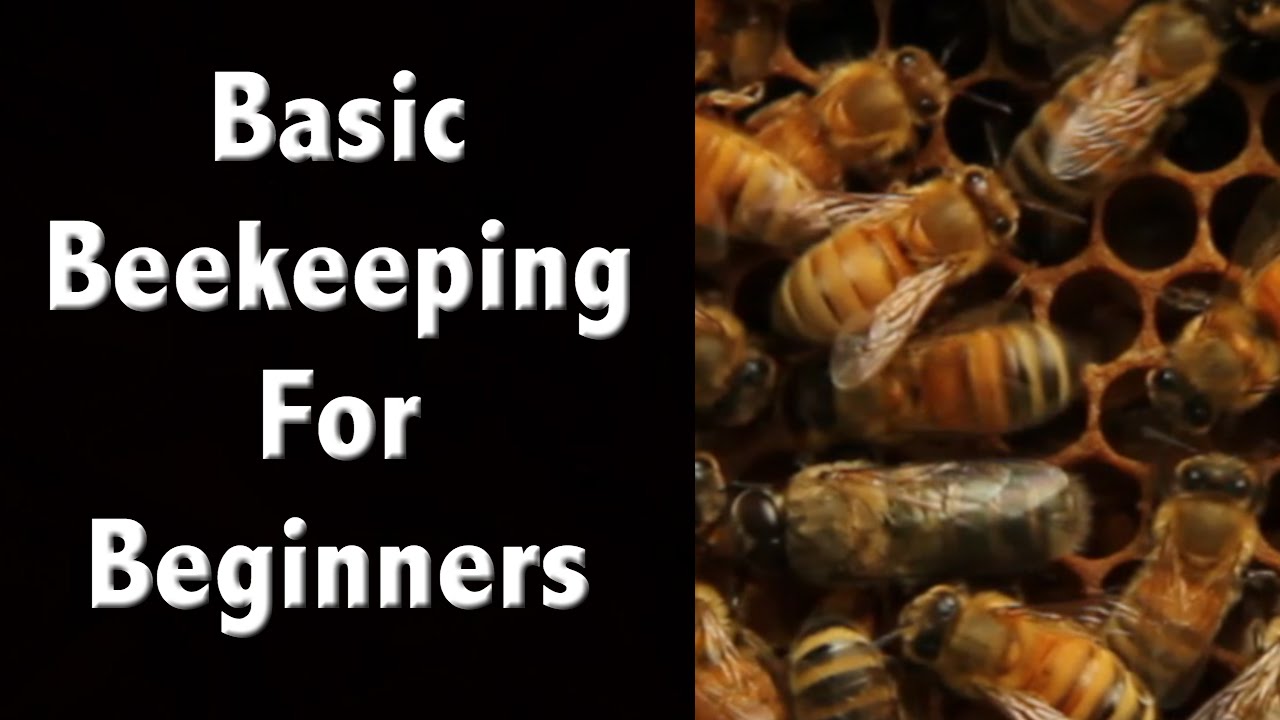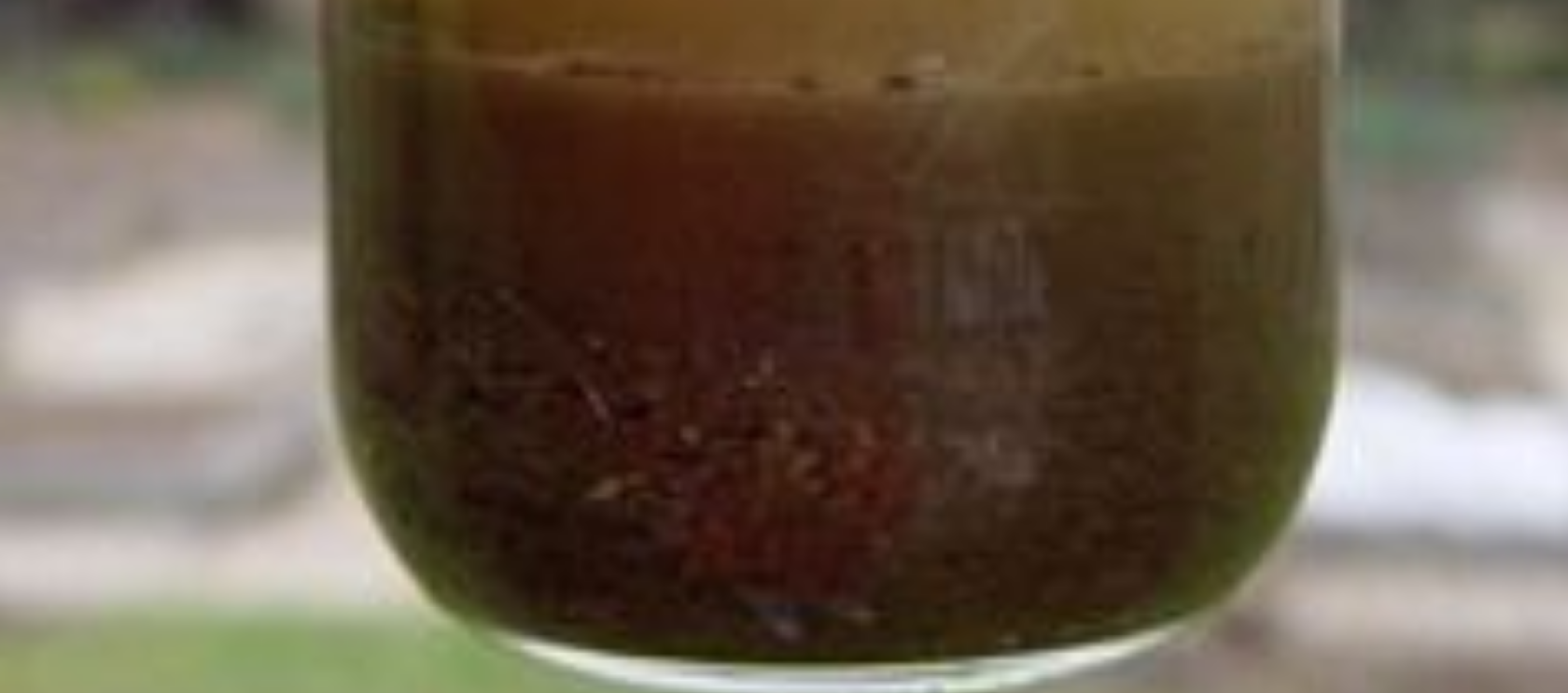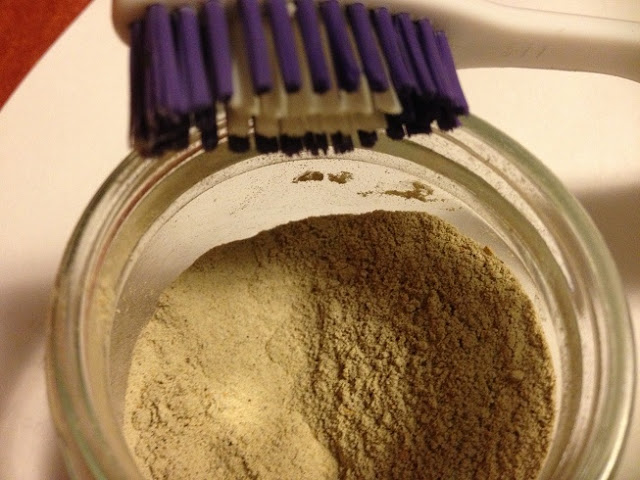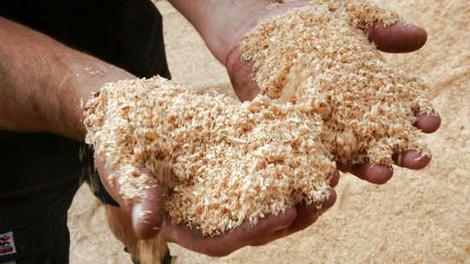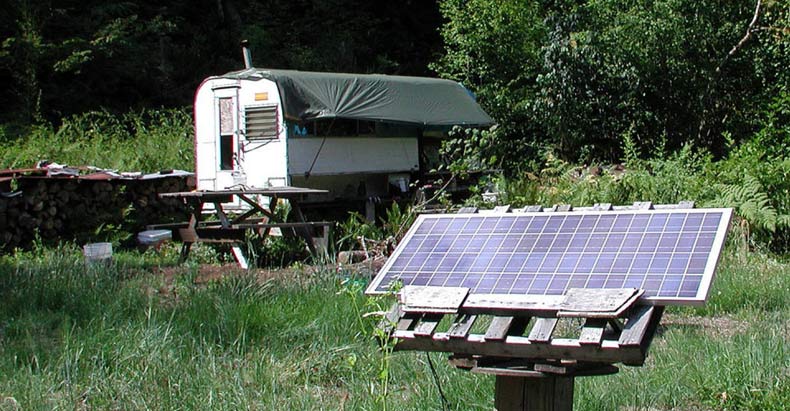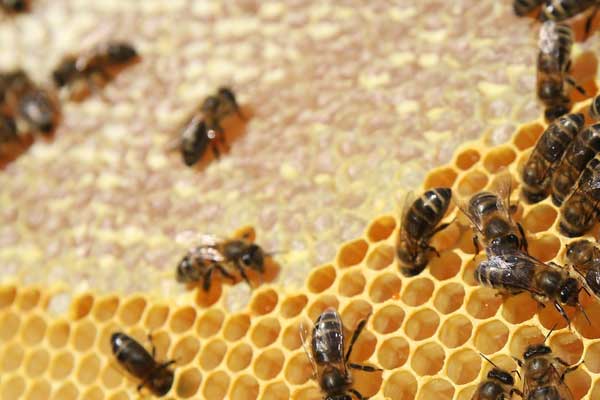A Simple Guide to Starting a Beehive (Video)
Last week, we shared the very cool idea to make a beehive using mason jars, so since it did not come with instructions as to how to actually start a hive, I thought I’d go ahead and follow up with that one. Bees are a wonderful thing to do on the homestead, or even in … Read more

